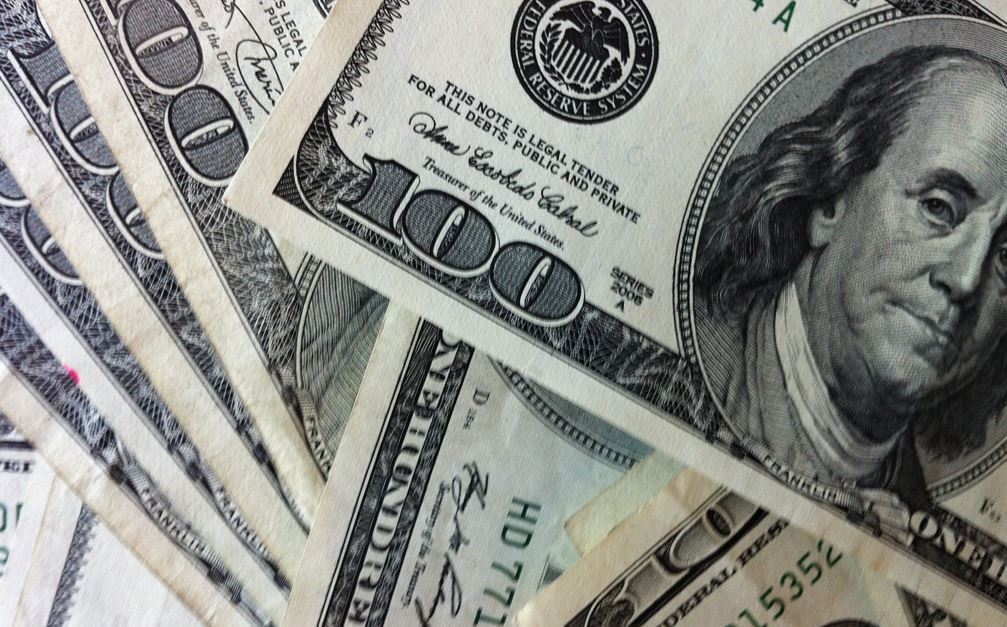The Federal Reserve is widely expected to lift interests on 16 Dec for the first time since Jun 2006. It remains unclear whether this will be positive or negative for the US dollar, as measured by the DXY (USD) index.
After the end of Bretton Woods in 1971, there were four cycles when the DXY appreciated, and five when it fell. During the most aggressive hike cycle in 1976- 79, the DXY fell by as much as 20%. Back then, the Fed was struggling to regain its inflation-fighting credentials. Conversely, the DXY appreciated steadily during the brief US hike cycles in 1980 and 1984. The Fed Funds Rate was high at double-digit levels then. The USD was so strong that the G7 nations needed policy coordination (Plaza Accord in 1985) to bring it down. There were also mixed cycles (1999-00 and 2004-06) when the DXY depreciated first before appreciating.
The strong USD environment today resembles the early 1980s and the late 1990s. Similar to those periods, today's monetary policy is more hawkish compared to the other large economies. Today, this is known as monetary policy divergences. Both Japan and the Eurozone launched quantitative easing programs (that weakened their currencies) in Apr 2013 and Mar 2015 respectively, which were subsequently expanded in Oct 2014 and Dec 2015. Since Nov 2014, China has cut interest rates, lowered its reserve requirement ratio, and delivered in Aug 2015, a one-off devaluation in the CNY.
Against this background, the USD appreciated on a real effective exchange rate (REER) basis, initially against the major currencies. This spilled over negatively into the currencies of its other important trading partners, creating stress in the commodity and emerging markets. Like the early 1980s, gold prices fell as the USD regained its credibility as a global reserve currency. Like the late 1990s, oil prices are low today due to weak demand led by Asia. Hence, it is may be premature to try to predict a top for the USD. Even so, there is scope for the USD to give back some gains if the global growth outlook becomes more balanced and synchronized in 2H 2016.
Making sense of the USD and Fed rate hike cycles

Tuesday, December 15, 2015 2:43 AM UTC
Editor's Picks
- Market Data
Most Popular



 European Luxury Market Set for a Strong Rebound in 2026, UBS Says
European Luxury Market Set for a Strong Rebound in 2026, UBS Says  U.S. Black Friday Online Spending Surges to $8.6 Billion, Boosted by Mobile Shoppers
U.S. Black Friday Online Spending Surges to $8.6 Billion, Boosted by Mobile Shoppers  Ethereum Ignites: Fusaka Upgrade Unleashes 9× Scalability as ETH Holds Strong Above $3,100 – Bull Run Reloaded
Ethereum Ignites: Fusaka Upgrade Unleashes 9× Scalability as ETH Holds Strong Above $3,100 – Bull Run Reloaded  China Vanke Hit with Fresh S&P Downgrade as Debt Concerns Intensify
China Vanke Hit with Fresh S&P Downgrade as Debt Concerns Intensify  Bitcoin Defies Gravity Above $93K Despite Missing Retail FOMO – ETF Inflows Return & Whales Accumulate: Buy the Dip to $100K
Bitcoin Defies Gravity Above $93K Despite Missing Retail FOMO – ETF Inflows Return & Whales Accumulate: Buy the Dip to $100K  Citi Sets Bullish 2026 Target for STOXX 600 as Fiscal Support and Monetary Easing Boost Outlook
Citi Sets Bullish 2026 Target for STOXX 600 as Fiscal Support and Monetary Easing Boost Outlook  EUR/USD Smashes 1.1660 as ADP Jobs Massacre Crushes the Dollar
EUR/USD Smashes 1.1660 as ADP Jobs Massacre Crushes the Dollar  Bitcoin Smashes $93K as Institutions Pile In – $100K Next?
Bitcoin Smashes $93K as Institutions Pile In – $100K Next?  Asia’s IPO Market Set for Strong Growth as China and India Drive Investor Diversification
Asia’s IPO Market Set for Strong Growth as China and India Drive Investor Diversification 


























